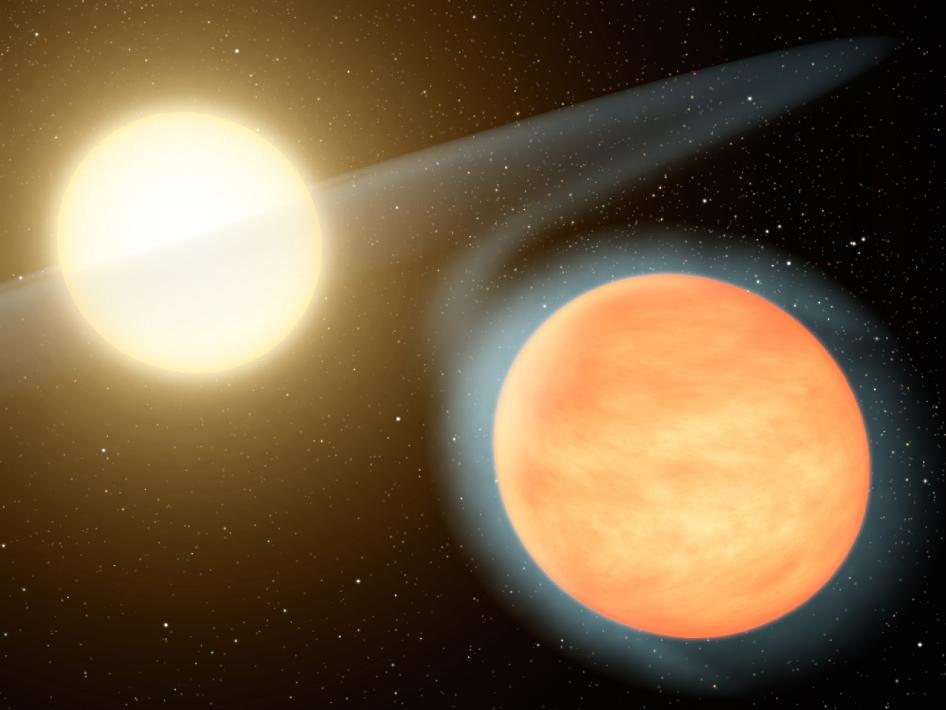NASA's JPL laboratory said the planet, orbiting a star's orbit and was named WASP-12b , was the first carbon-rich planet ever observed.

Planetary artwork WASP-12b and its master star - (Photo: NASA)
According to JPL, astronomers do not yet have the tools or techniques that are modern enough to observe the planet's orbiting stars outside the Sun, but their hypothesis is not unlikely.
The researchers also support the hypothesis that there may still be lighter carbon-rich rocky planets than the existing WASP-12b around other stars.
Carbon is a common component of planetary systems and is a key component of life on Earth. Astronomers often measure the ratio of carbon / oxygen to evaluate the composition of a star.
Our sun has a carbon / oxygen ratio of about 1/2 and so far no planet in the Solar System has been recorded to have more carbon than oxygen (currently astronomers have not measured carbon / oxygen on Jupiter, Saturn, Uranus and Neptune).
 Van Allen's belt and evidence that the Apollo 11 mission to the Moon was myth
Van Allen's belt and evidence that the Apollo 11 mission to the Moon was myth The levels of civilization in the universe (Kardashev scale)
The levels of civilization in the universe (Kardashev scale) Today Mars, the sun and the Earth are aligned
Today Mars, the sun and the Earth are aligned The Amazon owner announced a secret plan to build a space base for thousands of people
The Amazon owner announced a secret plan to build a space base for thousands of people